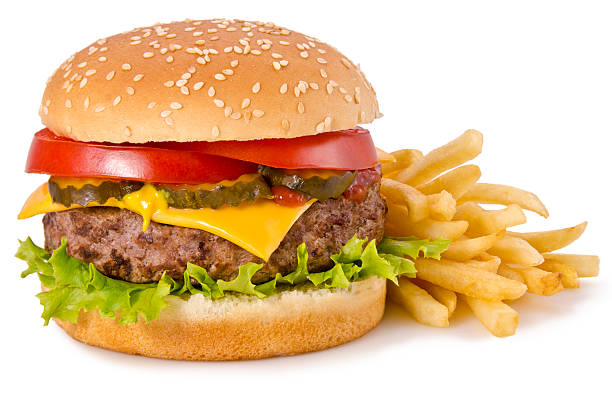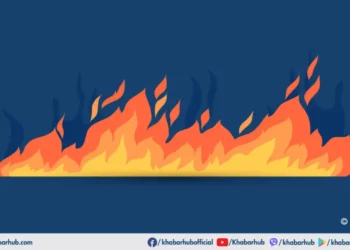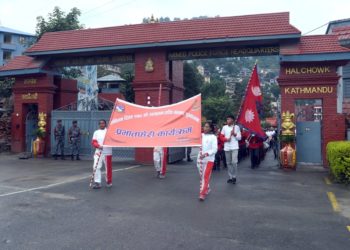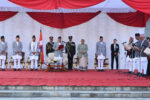KATHMANDU: Inactivity, diets high in sugar and salt, and excess weight account for 90% of cases of high blood pressure in children and adolescents.
A recent study that focuses on hypertension in children between the ages of 6 and 16 gives families advice on how to improve their general health.
The conclusions of the heart health experts’ consensus paper were released in the European Heart Journal, a publication of the European Society of Cardiology (ESC).
“Parents are significant agents of change in the promotion of children’s health behaviours,” said first author Professor Giovanni de Simone of the University of Naples Federico II, Italy.
“Very often, high blood pressure and/or obesity coexist in the same family. But even when this is not the case, it is desirable that lifestyle modifications involve all family members.”
Fresh produce, fruits, and other high-fibre foods are encouraged in dietary guidelines for treating high blood pressure in kids.
Salt intake is also advised to be kept to a minimum, and sugar-sweetened beverages and saturated fat should be avoided.
Children and teenagers should engage in no more than two hours of sedentary activity each day and should engage in at least an hour of vigorous physical activity each day, such as jogging, cycling, or swimming.
Professor de Simone advised parents to keep an eye on how much time their kids spend watching TV or using their smartphones and to provide them with active alternatives.
Setting realistic objectives for weight, diet, and exercise should be done with a focus on the areas that require the most improvement.
Young people and their families can monitor progress toward their objectives by keeping a long-term record of their weight, eating patterns, and physical activity without becoming obsessive, according to Professor de Simone.
It is advised to implement a “health-promoting reward system.”
“Ideal incentives are those that increase social support and reinforce the value of targeted behaviours, like a bike ride with the family or a walk with friends,” said Professor de Simone.
According to the report, childhood obesity and hypertension are “insidious siblings” that develop into serious health risks over time.
According to studies, childhood hypertension is on the rise, with obesity, especially abdominal obesity, contributing to some of the rises.
Less than 2% of children with normal weight are thought to have hypertension, compared to 5% of overweight children and 15% of obese children.
“The rise in childhood hypertension is of great concern as it is associated with persistence of hypertension and other cardiovascular issues during adulthood,” said Professor de Simone.
It is essential to identify elevated blood pressure early so that it can be controlled through lifestyle changes and, if necessary, medication.
A doctor or nurse can identify children with high blood pressure with just one blood pressure reading, but a second visit is advised for confirmation.
Dr. de Simone stated: “Regardless of symptoms, screening should be done at least once a year in the primary care setting. This is due to the fact that hypertension in kids, just like in adults, is typically asymptomatic.”
A medical history and physical examination are necessary to identify potential causes and pinpoint behaviors that can be changed when blood pressure measurements indicate hypertension.
Birth weight, gestational age, family history of hypertension and cardiovascular disease, lifestyle factors like smoking, salt intake, alcohol use, physical activity, and leisure activities, and potential symptoms like headaches, nosebleeds, vertigo, visual impairment, poor academic performance, attention issues, shortness of breath, palpitations, and fainting are all included in the information.
Early intervention for childhood hypertension should concentrate on behavior modification and education.
One low-dose medication should be started if blood pressure goals are not met. Small doses of two medications may be required if one drug is ineffective.
The authors urge public health organisations to give prevention and treatment of hypertension in kids and teenagers a top priority.
For instance, campaigns to raise awareness of the dangers of high blood pressure in young people and the benefits of leading a healthy lifestyle that includes exercise, a wholesome diet low in salt and sugar, and quitting smoking.
Other suggested actions include setting aside time for kids to watch TV and use social media without encouraging unhealthy eating patterns or other potentially harmful lifestyle choices.
(ANI)








Comment